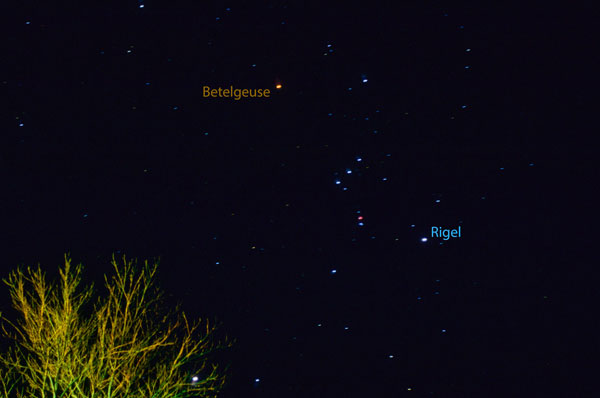THE SOUTHWORTH PLANETARIUM
207-780-4249 www.usm.maine.edu/planet
70 Falmouth Street Portland, Maine 04103
43.6667° N 70.2667° W
Altitude: 10 feet below sea level
Founded January 1970
Julian Date: 2458806.16
Julian Date: 2458806.16
2019-2020: LIV
"You know what helps more than the quotes: honesty. Don't be fooled by the insufferable optimism of the taglines or the preternatural cheerfulness they exude. Yes, it is an exquisite experience being alive and every second is miraculous. Yet, it is also excruciating, sometimes unbearable. We cannot escape the anguish of thinking of what could have been because to make a single choice means not making a hundred others. We cannot feel love without knowing grief; cleave to hope without disappointment; or offer of ourselves to others without assuming the risk of scorn and humiliation. From the anxieties arising out of sleep's timeless oblivion to the ignominy of unavenged injuries, we are all besieged by torments we don't want, but often seem powerless to eradicate. We know we're performing for each other; shielding our honest selves from the scrutiny of what we perceive as a pitiless world. The truth is that the same Universe that crafted 10 million galactic super clusters as well as the spring softened moss on a rock wall also produced the human capacity for contrivance: if we could but truly see each other as we observe stars, we'd see a continent populated by reflections and in place of our isolation, we'd find fellowship."
THE DAILY ASTRONOMER
Monday, November 18, 2019
Is Betelgeuse a Ghost?
To admire the night sky is to behold the distant past. That is one of those famous lines we recite when we're trying to cram astronomy into the minds of the innocent and hapless. The night sky is a veritable time machine enabling us to perceive parts of the cosmos as they existed years before. (That's another. It expresses the same idea as the previous line, but this one appeals to science fiction types.) We see the stars as they were in the past because they emit light that travels at a finite speed (186,290 miles a second through a vacuum. A light year is the distance that a light beam traverses in one Earth year, equal to about 5.8 trillion miles. While some of the closest stars (e.g Alpha Centauri, Sirius, and Ross 154) are less than ten light years away, others such as Betelgeuse and Rigel are hundreds of light years distant. While we're seeing Sirius as it actually appeared toward the beginning of the decade, we're looking at Betelgeuse as it was in the year 1400!
That astonishing notion has often prompted a question: "Does Betelgeuse still exist? Has it exploded already and we're just seeing its ghost light?" (Yes, we know that's two questions.)

The winter sky's fire opal. Betelgeuse and the other stars comprising Orion the Hunter exhibit vibrant colors in this time exposure photograph. Even when seen with the unaided eye, Orion's shoulder star glows crimson. Despite the star's estimate 620 light year distance, we can still perceive a hint of the supergiant's color because it is enormous: large enough to swallow 160 million Suns. Betelgeuse is one of the winter sky's most distinctive features. Yet, as it is so close to the end of its life cycle, is it possible that it doesn't actually exist anymore? Image: Sky and Telescope
The truth is that we don't know. Betelgeuse is certainly toward the end of its life cycle and at anytime it could explode as a Type II supernova. Here, we're using "anytime" in the astronomical sense: that anytime would be up to a million years in the future (a soberingly short time on the galactic scale.) We know that Betelgeuse will eventually exhaust its core fuel reserves after it accumulates iron in its core. Iron fusion is an endothermic process, meaning that any such fusion reactions won't impart any energy onto the star. In fact, it would prove to be energy depleting. The balance between the star's outward pressure and inward gravitational contraction would be violently disruptive. The outer layers would collapse rapidly and in so doing would precipitate an explosion called a supernova. This explosion would produce as much energy as the entire galaxy. The supernova Betelgeuse would shine so brilliantly, it would cast a shadow on us at night and be visible during the day.
Yes, it is possible that Betelgeuse has already exploded, but we haven't yet received the light from this explosion and so it seems perfectly normal. If Betelgeuse has already gone supernova, we are seeing its ghost in our sky. If we see Betelgeuse explode in our lifetimes, we'll know that for the last few centuries, humans have only seen it ghost.
We'll wait and see what we'll see when we see it.
To subscribe or unsubscribe from the "Daily Astronomer"
http://lists.maine.edu/cgi/wa?A0=DAILY-ASTRONOMER